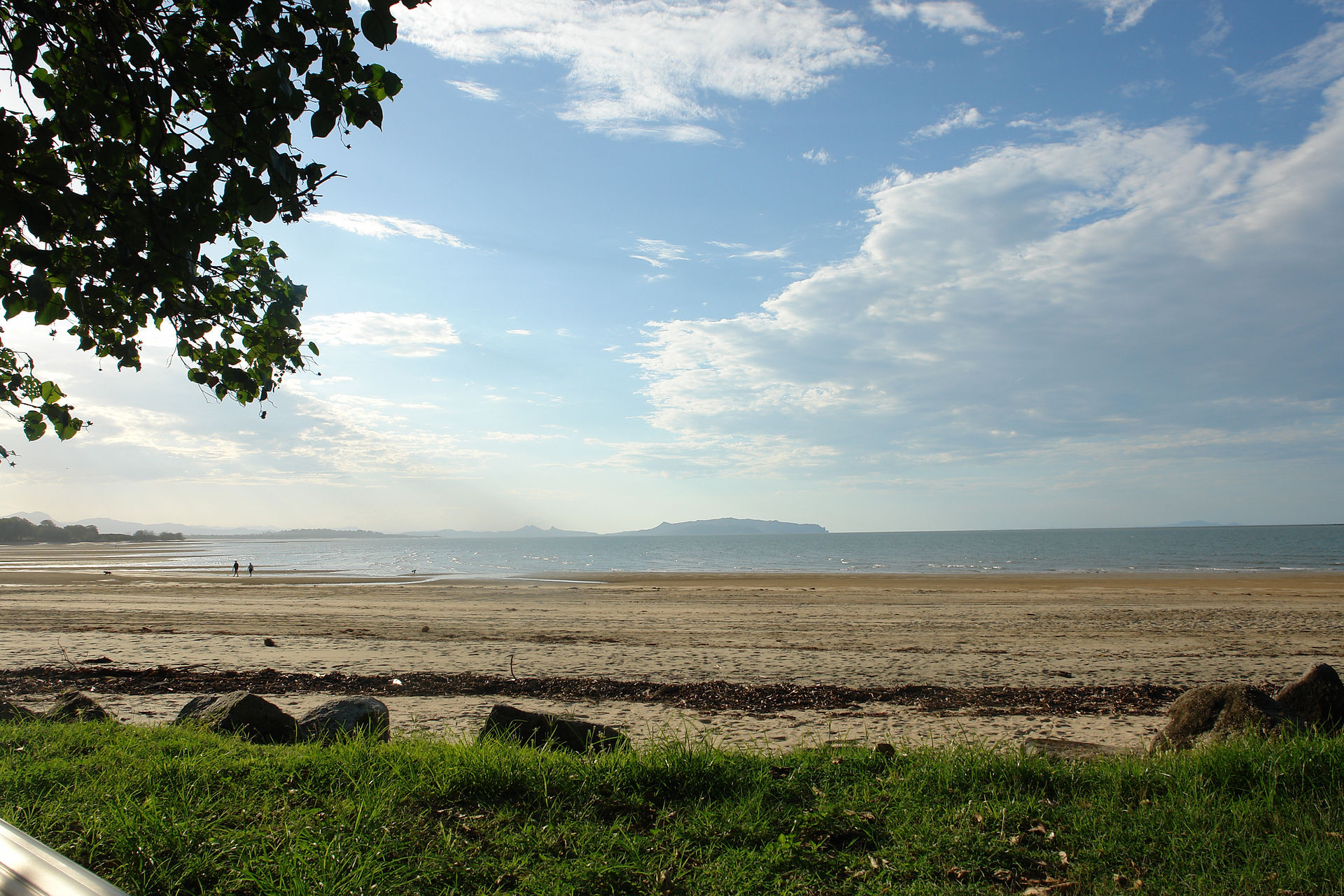
How to...
....... MEASURE A PADDLE LENGTH TO SUIT YOU - OUTRIGGER
We are talking outrigger canoe, Wa'a, Va'a ..anything you sit down to paddle.
So we measure paddlers while they are sitting, that' s not strange right?
One of the easiest ways is to SIT shoulder to shoulder with another paddler that knows the most appropriate length for them.
They use a 50" paddle. Your height difference to them is one inch (2.5cm) or the thickness of the handle at the top of a paddle.
So if your taller by that much...add that much to your paddle (make it a 51"), if your shorter by that much...then take off that much (a 49")...doesn't get any simpler than that.
Now, if you have shoulder injuries, you're on a V1 or OC1, you may even opt to take off another inch...this helps with technique and power...your body and pressure over it rather than under it.
If you want to double check this or don't know another paddler around, use this chart.



Measure your paddle length - SUP
This one similar.. measure from that surface your standing on to your eye level.
This will be the length of the shaft to the beginning of the blade flaring out from the shaft.
Add the length of the blade ( usually 18" or 450mm) to this measurment...done !!
Of course individual preference will apply, and consider what board you're on as well as the type of water or event you are tackling.
...... Shorten your paddle
Cut neatly under the existing handle.
Drill out the handle with a 21mm(7/8") drill bit ( we use a spade bit with tip shortened so it doesn't go through the other side).
Cut the shaft to the length you want, less 12mm (1/2") and shave the end down a distance of 15mm (5/8") with a sharp knife to fit neatly into the hole in the handle.
Glue on with epoxy!
Repairs
Shaft worn in areas, dings and little chips
Sand the areas that are worn and grey looking with 100grit sand paper,
then coat with a marine varnish or a 2 pack polyurethane.
Once this is dry re-sand this area and the whole shaft ( to get a better finish) with 150-180 and recoat, dry again and then a final 320 grit sand and apply a final coat.
Remember to not coat anything that has not been touched by sand paper, as it will not stick!
Holes or dings in the blade.
The best would be to use some epoxy, fill the hole level, sand the patch down level and lightly then sand the whole blade on that side ( or both sides of the blade to get a complete even finish on the whole blade)
Recoat with a marine varnish or 2 pack polyurethane.
Cracks or splits in the blade
Basically you need to open the crack up make sure it is clean, put some epoxy resin in there and clamp it tightly shut again to it's original shape.
you can use packaging tape to hold it to shape and close the gap as much as you can.
When dry, sand down the excess resin back to the glass layer ( through the varnish), recoat with a thin fibreglass over the sanded area only, sand this glass level when dry, then apply some coats of marine varnish or poly urethane, sanding between coats.
Again, remember to not coat anything with resin or varnish/ polish that has not been touched by sand paper, as it will not stick!
Of course, we repair any of our paddles as needed, even ones that are 20+ years old
